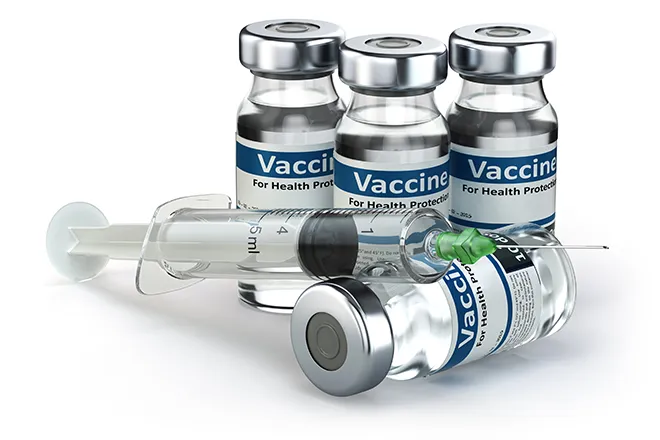
Summit County aims to remain economically viable in warming climate
© Sakorn Sukkasemsakorn - iStock-1397011551
Click play to listen to this article.
A county high in the Colorado Rockies is working to include its underserved residents in plans to reduce greenhouse gas emissions, the primary driver of climate change.
Nina Waters, a Summit County commissioner, said its new Climate Equity Plan is an opportunity for all residents to help keep the area economically viable. Summit County is a prime winter sports destination and Waters argued a warming planet puts all of that at risk. Even man-made snow cannot be created when temperatures hit 40 degrees.

© iStock - Mumemories
"We have four world-class (ski) resorts here in Summit County," Waters pointed out. "As the planet heats up, we're going to have drier winters, less snow, and that will have really serious economic impacts to our community."
Officials tapped nonprofits and community leaders to engage low-income and minority residents who were left out of a 2019 Summit Community Climate Action Plan. Using online surveys, focus groups and individual interviews, new mitigation strategies emerged around energy use, transportation and waste reduction, along with ways to lower barriers to allow more residents to participate in solutions.
Waters pointed to a recent EV Ride and Drive event created specifically for the county's 15 percent Latino population. Residents were able to test drive new electric vehicles and the entire event was conducted in Spanish.
"We've prioritized ensuring that our large Spanish-speaking population can have access to that information in their native language," Waters noted.
Summit County and the towns of Breckenridge, Dillon, Frisco and Silverthorne aim to reduce fossil-fuel emissions by 50 percent by 2030 and 80 percent by 2050. Waters stressed free public transportation is critical for residents who cannot afford electric vehicles. A new initiative added smaller vehicles to the county's bus fleet to make it easier for more people to leave their gas-powered cars at home.
"A lot of our residents do not have access to a vehicle or they share a vehicle," Waters explained. "The micro-transit is really catered toward getting folks from that main bus hub station to their place of residence."














